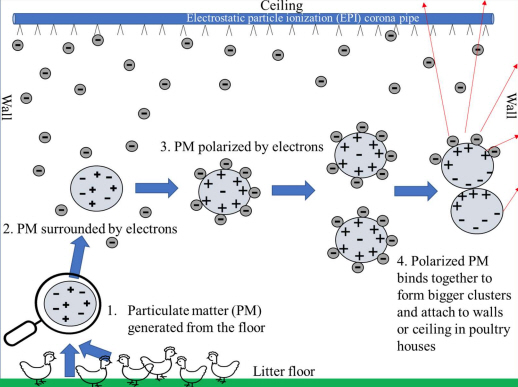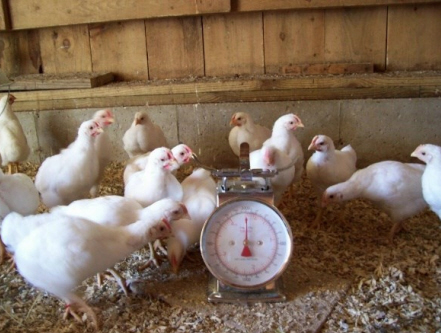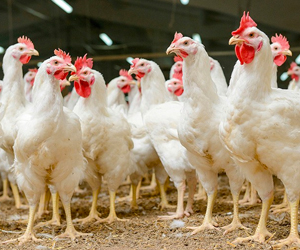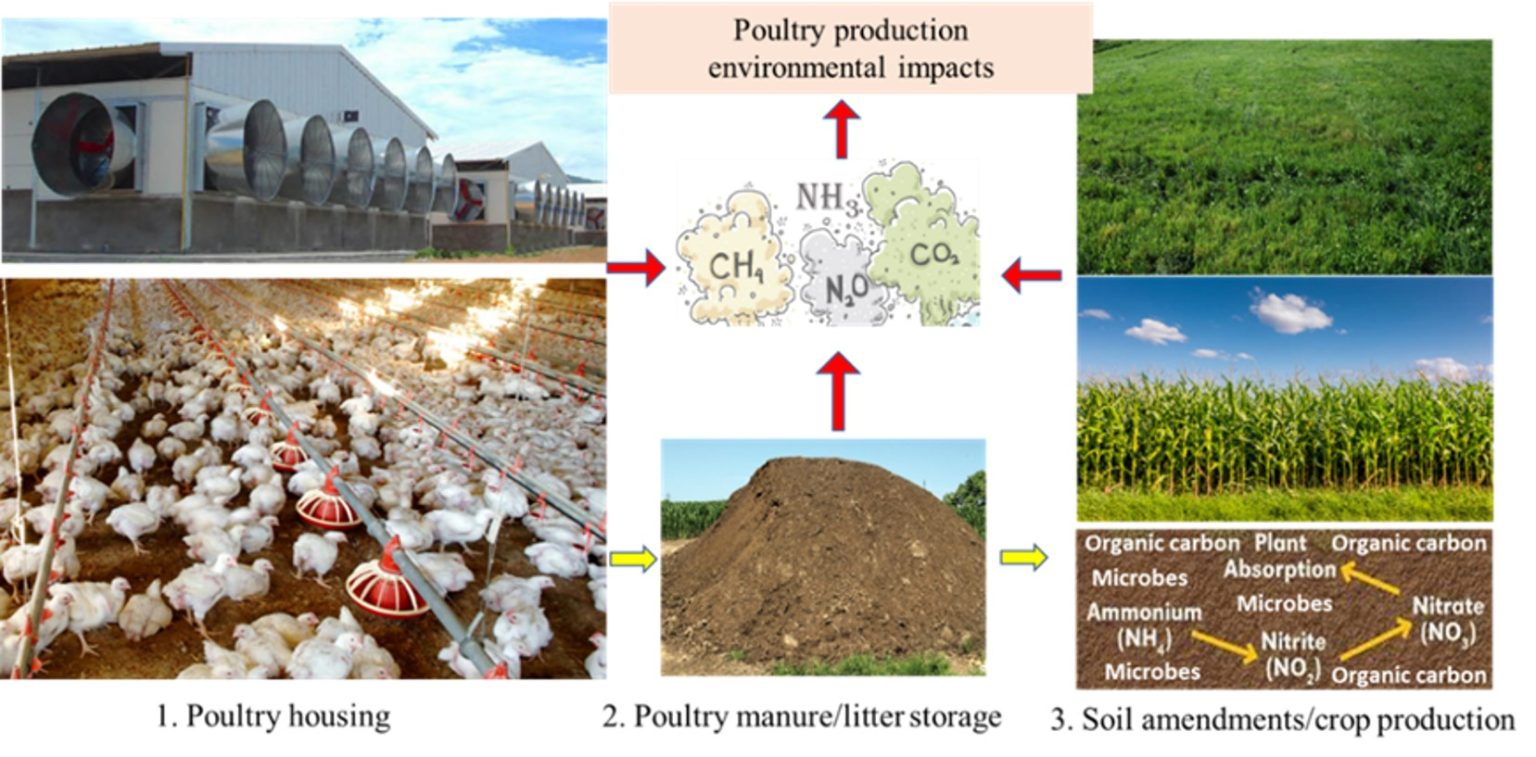Electrostatic particle ionization technology for air quality management in poultry houses
In the USA, cage-free (CF) housing systems have gained popularity as an ethical and humane poultry farming method. However, the concentration of air pollutants inside CF housing, particularly regarding dust or particulate matter (PM), poses a major concern on animals and their caretakers. These air pollutants can threaten bird health and worker safety. Various studies […]
Read More










